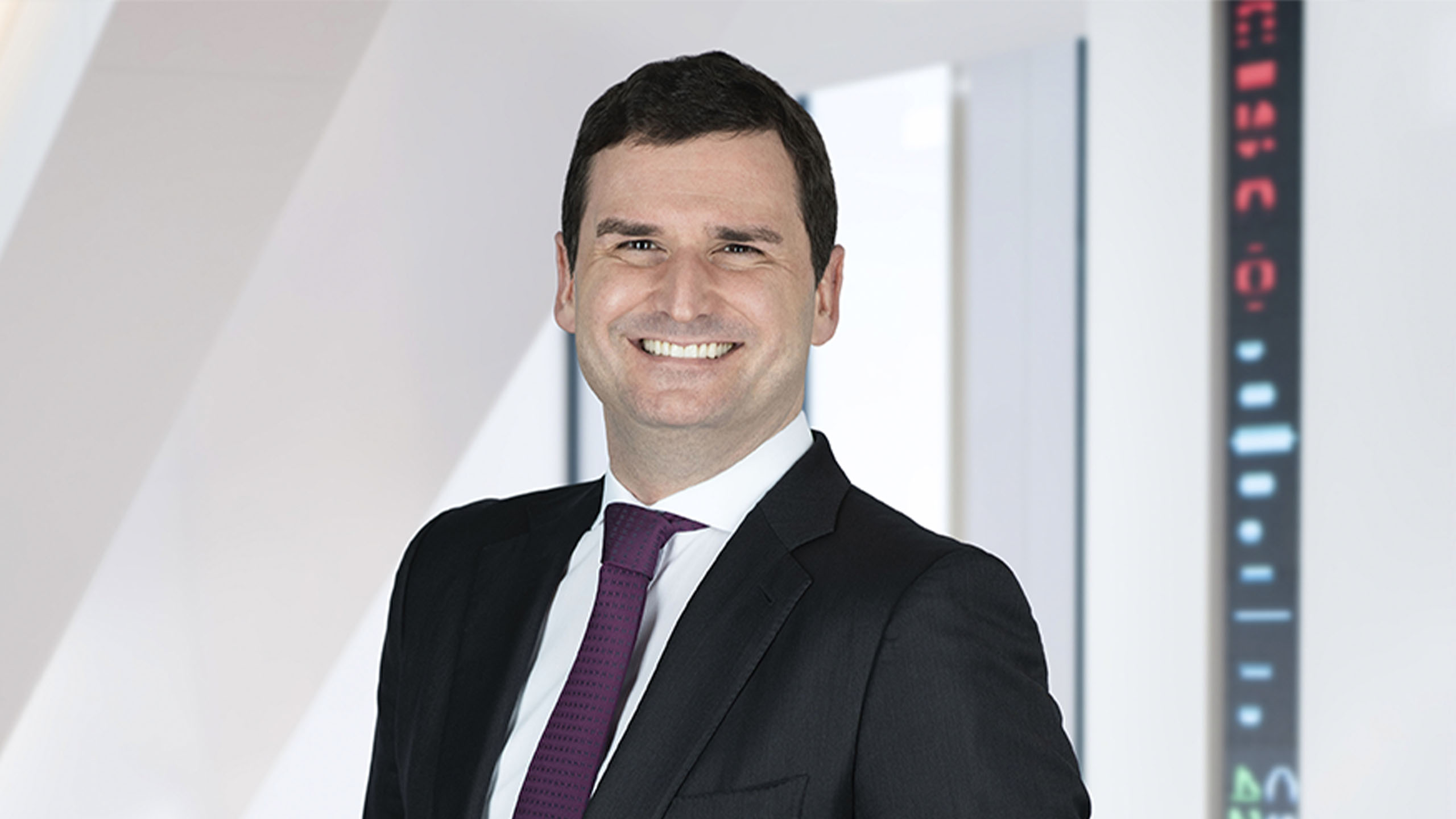
The European Central Bank (ECB) left its policy rate unchanged at 4% in January, and did not discuss rate cuts. The market is envisioning quick and immaculate disinflation, and an early and sharp monetary policy reversal, as reflected in the five and a half 25-basis-point rate cuts priced for this year, starting around April, and a terminal rate of about 2% priced in 2025. As a result, financial conditions are currently considerably looser than those embedded in the ECB’s December macroeconomic projections.
We remain skeptical that the ECB will deliver rate cuts so early, with core inflation still elevated and the outlook for medium-term inflation unclear, and we believe cuts will more likely begin from June or later this year. Indeed, we expect the ECB – mindful that its primary mandate is price stability – will wait for more clarity on wage data rather than risk the need to reverse course and resume hiking.
As for investment implications, current valuations leave us more cautious on European duration near term. Amidst elevated issuance needs, ending reinvestments weakens the relative technical picture for government bonds, and speaks to a continued rebuild of term premia over time. We expect the back end of interest rate curves to underperform relative to shorter maturities.
Interest rates: waiting for wage data
As it did in December, the ECB acknowledged the progress made on inflation, but the Governing Council refrained from declaring victory and instead highlighted the need to remain data-dependent, attentive to the different forces affecting inflation, and focused on bringing inflation back to target.
Eurozone headline inflation stood at 2.9% year-over-year in December, with core inflation at 3.4%. These numbers are well below the peaks of 10.6% in October 2022, and 5.7% in March 2023, respectively. Notwithstanding, for inflation to evolve in line with ECB staff projections and converge to its 2% target, it will require firms to use profit margins to help limit the impact of current strong wage increases to consumer prices, as well as wage growth to fall back to levels that are broadly consistent with 2% inflation, and productivity to rebound.
Wage dynamics had strengthened on the back of robust labour markets and employees aiming to recoup some of the purchasing power lost to high inflation. After peaking at 5.3% in 2023, year-over-year growth in compensation per employee is expected to decline gradually to 4.6% in 2024, 3.8% in 2025, and 3.3% in 2026, per ECB December projections. These numbers are well above the long-run average of 2.1% and, for the time being, wages continue to grow solidly above any kind of equilibrium rate.
Despite the strongest monetary tightening in the history of the eurozone (450 basis points in little more than a year), the unemployment rate sits at a historic 6.4% low – well below its pre-pandemic level. Information about wage settlements for 2024 will be crucial, and it is not until the end of April that many countries release data for the first quarter in the Eurostat national accounts (the most complete dataset). While there are question marks around the envisaged pickup in productivity, the ECB appears reasonably confident that profit margins will evolve in line with the projections. We believe that wage developments will largely determine the timing and the scale of policy rate adjustment this year.
ECB balance sheet: waiting for a new framework on short-term rates
The main decisions that had to be taken on reinvestments have already been made, and we do not expect the ECB to make any changes to its bond portfolio reinvestment practice in the foreseeable future. The ECB discontinued reinvestments under the regular asset purchase programme (APP) last year, and decided in December to end reinvesting pandemic emergency purchase programme (PEPP) maturities at the end of 2024.
For both the APP and the PEPP programmes, we do not anticipate the ECB will categorically rule out selling bond holdings, but we expect a continued focus on a passive reduction of reinvestments. Longer term, ECB reinvestment policy will likely be influenced by the shape of a new operational framework for steering short-term interest rates. The ECB currently aims to conclude this review by the end of spring.
Our baseline remains that the ECB will institutionalise the current excess liquidity framework, likely via a demand-driven corridor system where banks have unlimited access to a variety of collateralised liquidity operations. In addition, the ECB is likely to establish a permanent bond portfolio, which might replace the PEPP as the first line of transmission defense, essentially a transition towards a structural line of defense.

